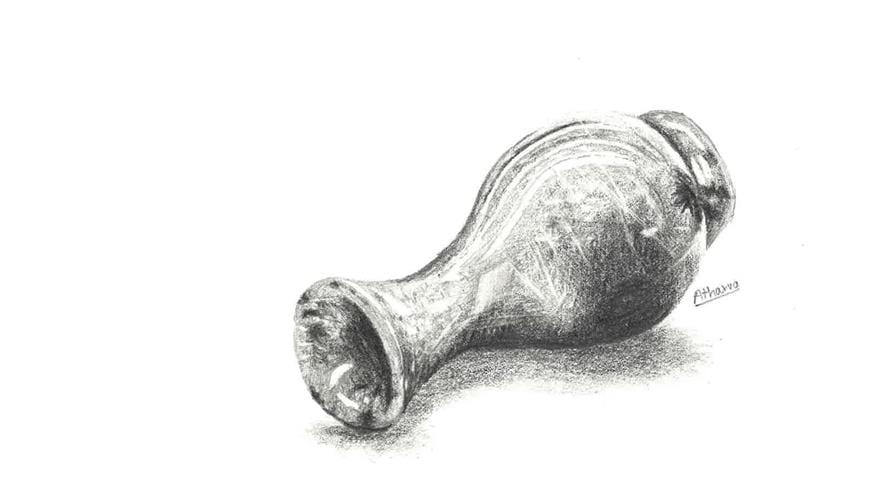Clothing Designs Based on Cancer Cells? Competition Combines Fashion, Science

Arielle Gogh never expected to find inspiration in the color of cancer tumor cells. But as a competitor in the first-ever Descience national fashion competition, the fashion design student uses scientific research to create a runway-ready outfit that promotes scientific discovery and fashion inspiration.
Gogh is in the process of designing garments inspired by a cancer tumor’s transformation from normal to malignant, based on research conducted by a scientist she was paired with. Gogh is collaborating with Esther Baena, a research fellow at the Dana-Farber Cancer Institute, on how to interpret the growth and process of cancer tumors that take over the body. The clothes must represent the designer’s take on the scientist’s work. Gogh and Baena will compete against 58 other designer-scientist teams.
“The design is totally up to your discretion, but you need to make enough sense out of the research that it will connect with someone who understands the work and someone who has no idea what you’re doing,” said Gogh, a senior who graduated last week. “But it’s not like you’re going to walk on the street and say, ‘Oh, she’s wearing a cancer-inspired dress.’”
Gogh was paired with her scientist over their love of color, which plays an important role in viewing and determining the growth of tumor cells. Scientists identify tumors by color, with normal cells appearing as pink and a tumor cell transforming into a progressively darker pink or purple as it becomes more malignant.
The progression of pinks and purples will appear in Gogh’s garments through the process of ice dyeing, which uses colorful dyes and blocks of ice to melt the color into the fabric. Gogh is experimenting with layering the pink and purple dye by applying color theory principles to overlap and create new colors. So far she’s been very pleased with her first attempts.
“When you take the fabric out, it’s all fused in different ways. It kind of reads like the plates of the diagrams that the scientists would look at to see the stage level of cancer,” she said.
So far, Gogh has submitted a sketch of her design, which includes a jacket, shirt and pants, but she has until the end of July to create a final design and submit a full outfit. The runway show will take place next fall at the MIT Media Lab in Cambridge, Massachusetts.
Out of the 15 finalists, one will be chosen as the final winner of Descience Runway 2014, with each team member receiving a cash prize of $1,500, or the “People’s Choice” winner, the recipient of the most online votes, who will win a $500 cash prize.
“It’s an international competition, and there are people in the industry already. I’ve been in the industry with one co-op, but I’ve already seen over the past four years that you change and you adapt and you learn a lot more through experience,” Gogh said. “I think after working on co-op and then my senior collection for six months, I have a better understanding now. But most of my competitors are people who have been in the industry for, like, 20 years.”
Drexel has a strong representation among the 59 competing teams in the competition. Besides Gogh, there are four current Drexel fashion design students and three fashion design alumni in the contest. The current students are senior Amy Stolzsfus, junior Minxo Lu, freshman Lela Thompson and graduate students Nancy Volpe Berlinger and Evelin Jia-Garduating. The alumni participants are Katya Roelse, Rebeca Imperiano, Lucena Porto and Bravo TV “Styled to Rock” star Autumn Kietponglert.
In This Article
Drexel News is produced by
University Marketing and Communications.

